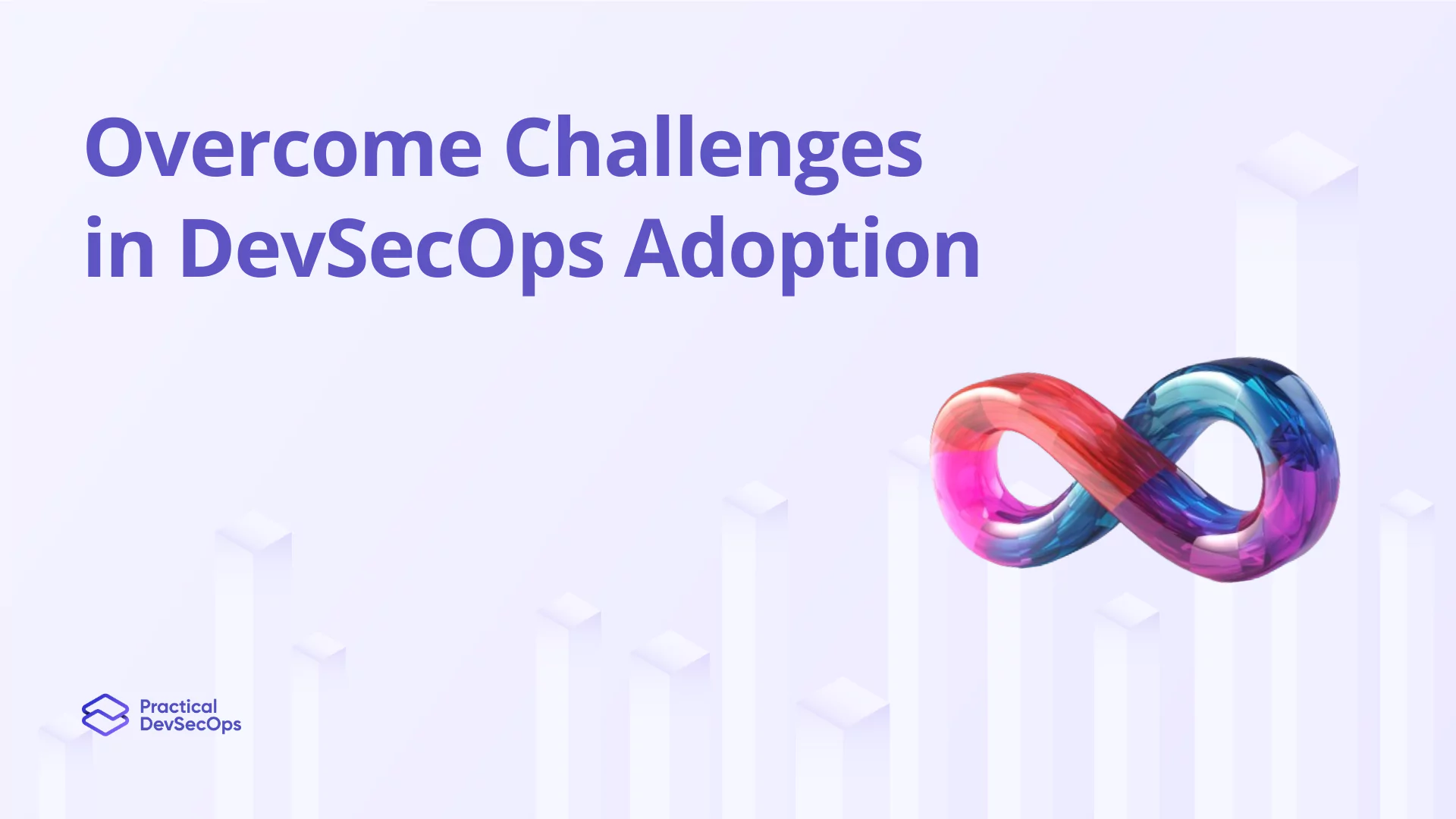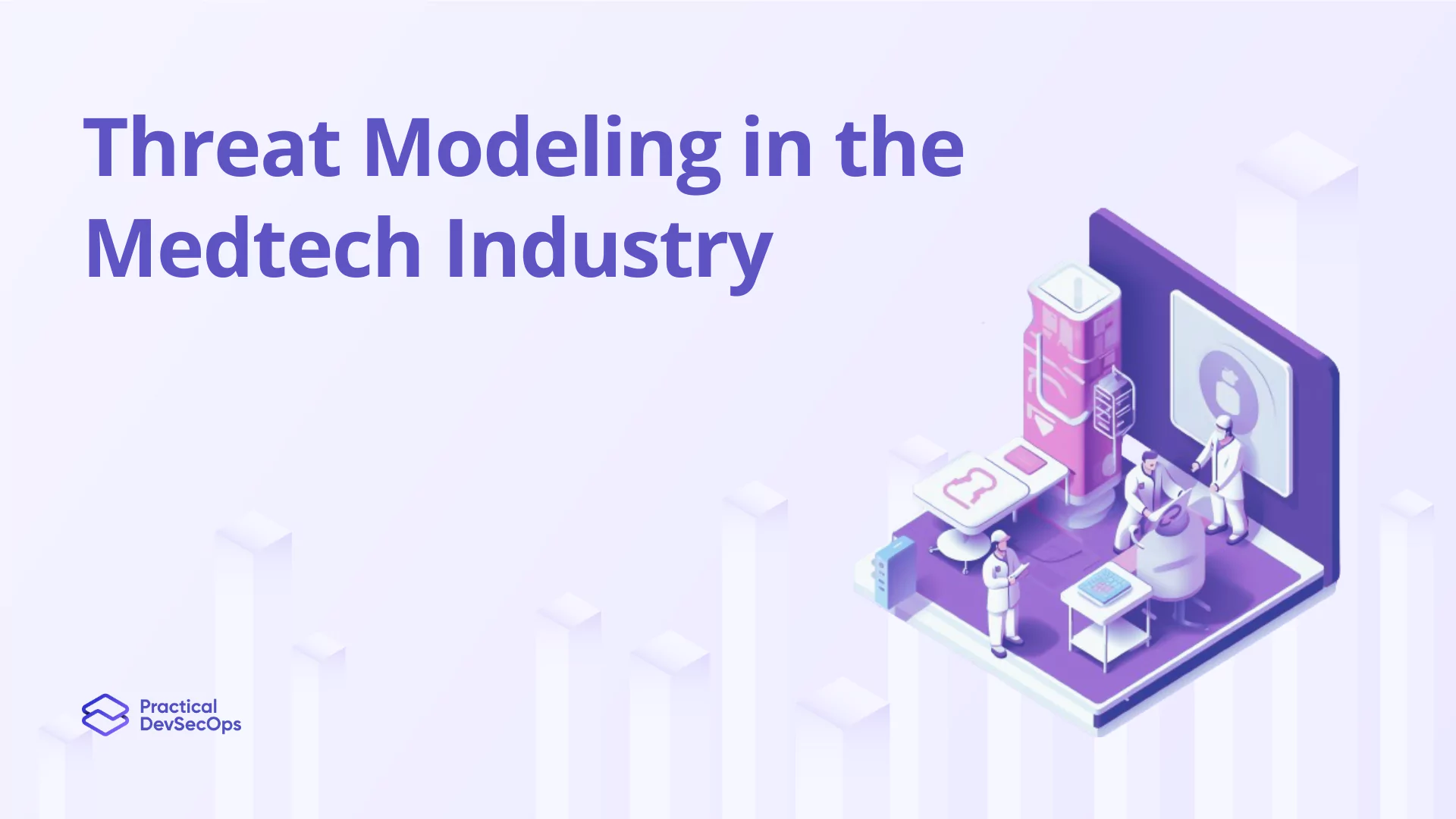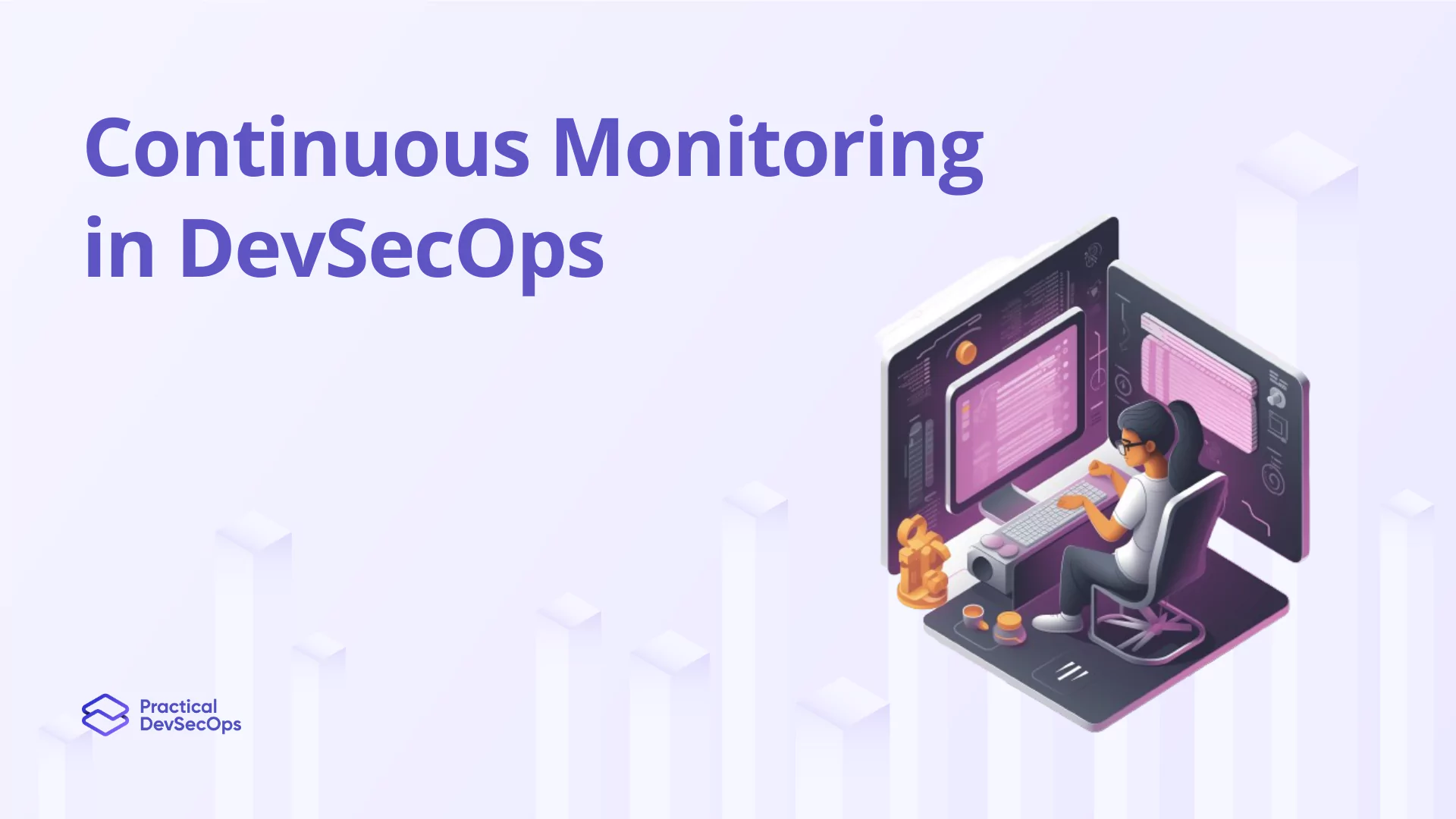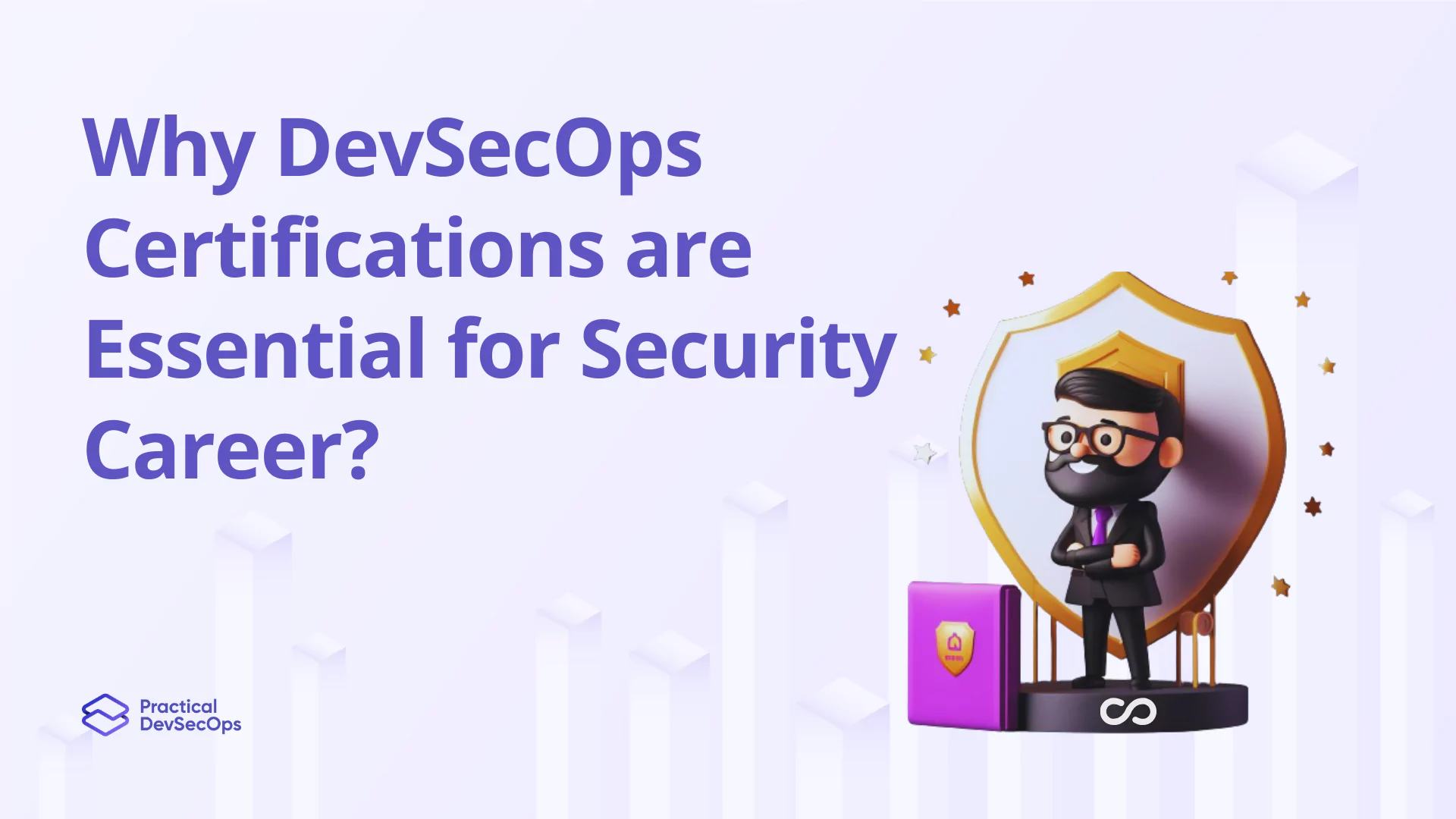Adoption challenges are critical to addressing DevSecOps because they define DevSecOps in terms of how security practices are put in DevOps from the initiation to deployment. The aim, in this case, is to fill the obstacle that exists between rapid cycles of released security with even better collaboration, automation, and integration of security in every point.
Overview of DevSecOps Adoption Challenges
Even though DevSecOps has many pros, its adoption can face various challenges, which might compromise the potential realization of the numerous benefits. The journey to proper implementation starts by understanding these challenges.
Read about Core DevSecOps Challenges & Best Solutions for 2024
Identifying DevSecOps Adoption Challenges
Resistance: One of the biggest challenges to the successful implementation of DevSecOps is the cultural aversion to it by teams. The traditional silos between the development, operations, and security teams can destroy the collaborative, essential spirit that DevSecOps requires.
Complex integration with existing systems: Most ideally, many organizations find it difficult to integrate the new set of practices around DevSecOps with existing systems and workflows. Moreover, it often requires rethinking legacy processes that are inherently woven into the core operation of the company.
Technical Implementation Hurdles
Integration of the toolchain: Right selection and integration of tools is of immense significance to establish a seamless DevSecOps workflow. Among the key tools are tools for continuous integration, continuous delivery, automated testing, and real-time monitoring.
Challenges Associated with Security Automation: The automation needed by security tasks, such as identifying threats, scanning vulnerabilities, and checking for compliance, is crucial; however, it is very tricky. It must be done with a fine balance between being rapid and being thorough so that security does not get in the way of the developers.
Strategies to Overcome Cultural Obstacles
Fostering a Collaborative Culture
In establishing a DevSecOps team, there will be a need to create a culture of collaboration among all parties—the transformation being a very important one. This will be facilitated through joint workshops, shared goals, and integrated team projects.
Training and Education: Ongoing education and training programs are important to maintain an up-to-date capability within the teams and to adapt to DevSecOps.
Best Practices for Technical Integration
Choosing the Right Tools:
This means choosing the tools that will best fit into the existing environment and extend the team’s capabilities without upsetting the existing operation model. That might mean utilizing scalable, cloud-native solutions with reputations for being easy to integrate.
Automating Security Safely: Automate, but do so judiciously. Leave no stone unturned since very clear guidelines have to be put in place on what to automate and to what extent. The security check itself should be rather deep but fast enough not to slow down continuous delivery.
Read about Enhancing Security in the Age of Continuous Delivery
Leveraging External Support for DevSecOps Success
Consulting DevSecOps Experts: When adoption needs guidance, experts in DevSecOps may also act as systems’ consultants based on the best practices recognized and most often used during other implementations.
Utilizing Managed DevSecOps Services: For some organizations, managed DevSecOps services offer the support and resources that can ease the transition. Outsourcing routine security tasks allows an organization’s internal teams to focus on core development efforts.
Read about 25+ DevSecOps Interview Questions and Answers for 2024
Successful DevSecOps Adoption
Microsoft has created a culture in which development and security operations work as a single team, sharing best practices, and has focused on continuing training and communication. As a result, security has been enhanced in their commercial and internal software services.
Datadog has proactively embedded teams of security engineers. Such integration helps identify and solve security issues at possibly the earliest stage in the development process. They have also developed their own in-house kind of tools, which greatly help in wrangling the beast of security through the DevOps pipeline.
Conclusion
Overcoming the challenges of DevSecOps adoption requires a combination of cultural change, strategic planning, and the right technical tools. It’s a journey of transforming not just your processes but also the mindset of your teams.
Encouraging DevSecOps Adoption: If you’re ready to start or enhance your DevSecOps journey, consider engaging with experts and exploring training courses like the Certified DevSecOps Professional Course (CDP) designed to address these challenges. Take the first step towards a more secure and efficient development lifecycle today.






0 Comments